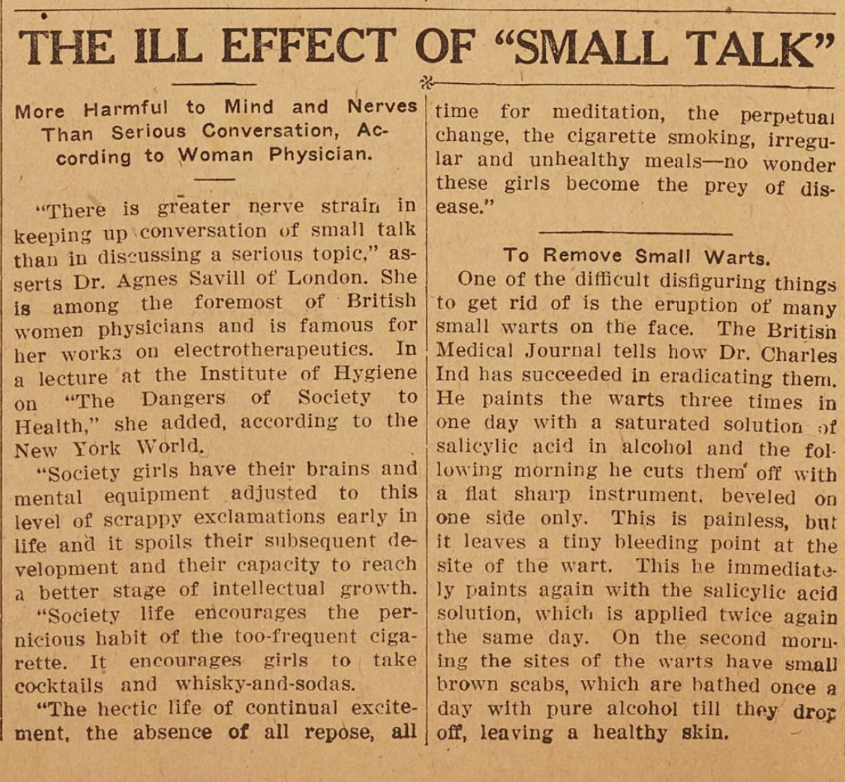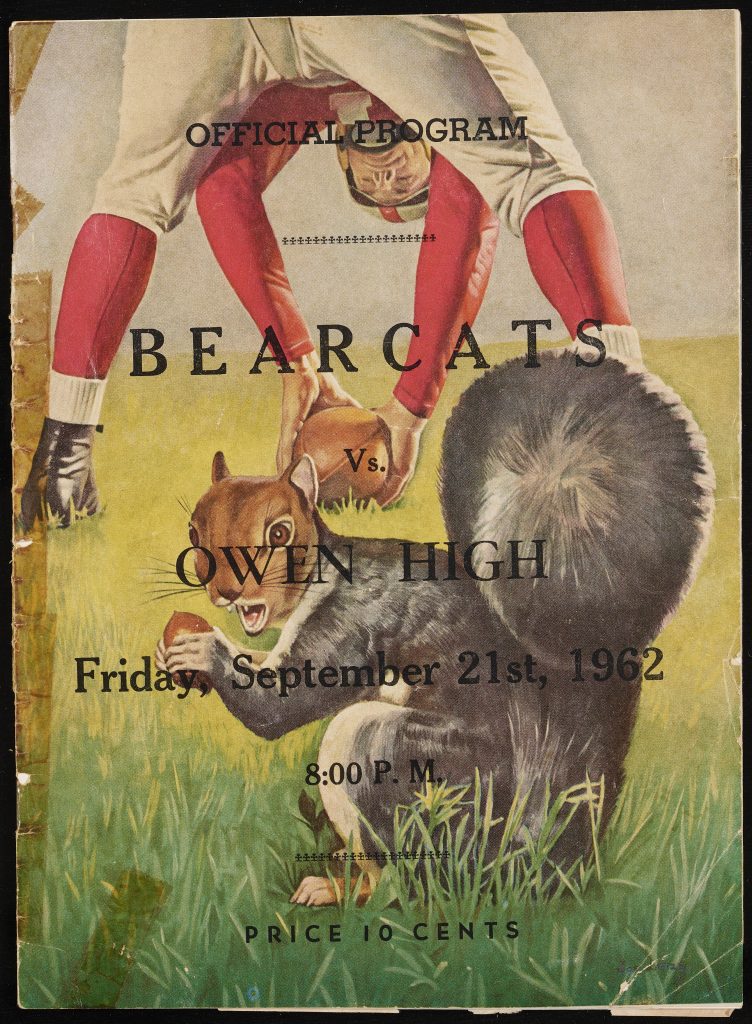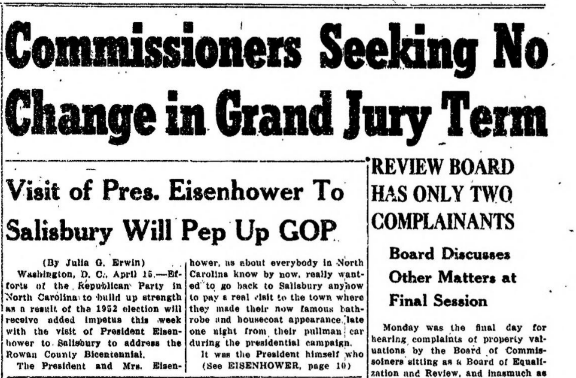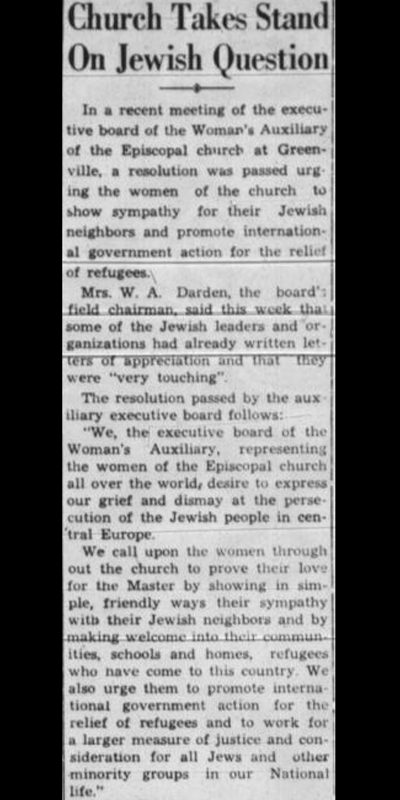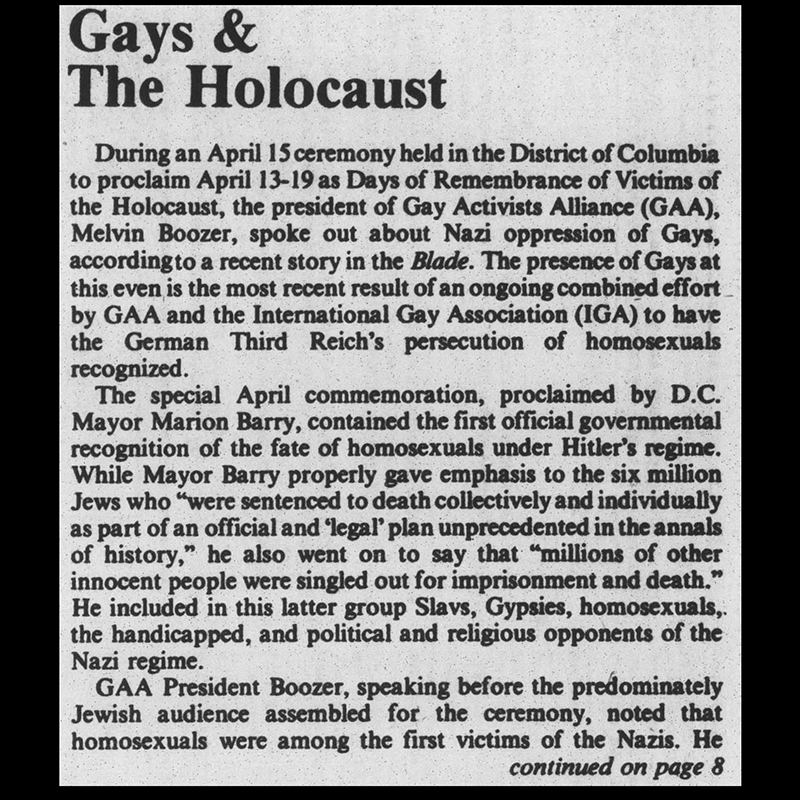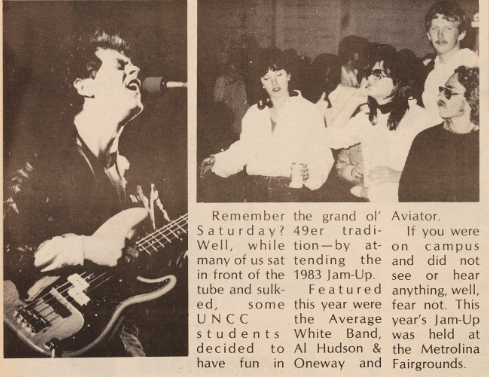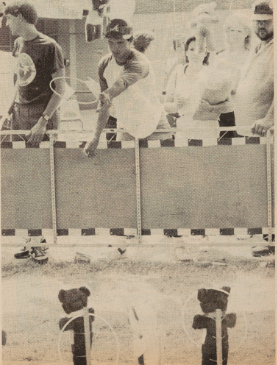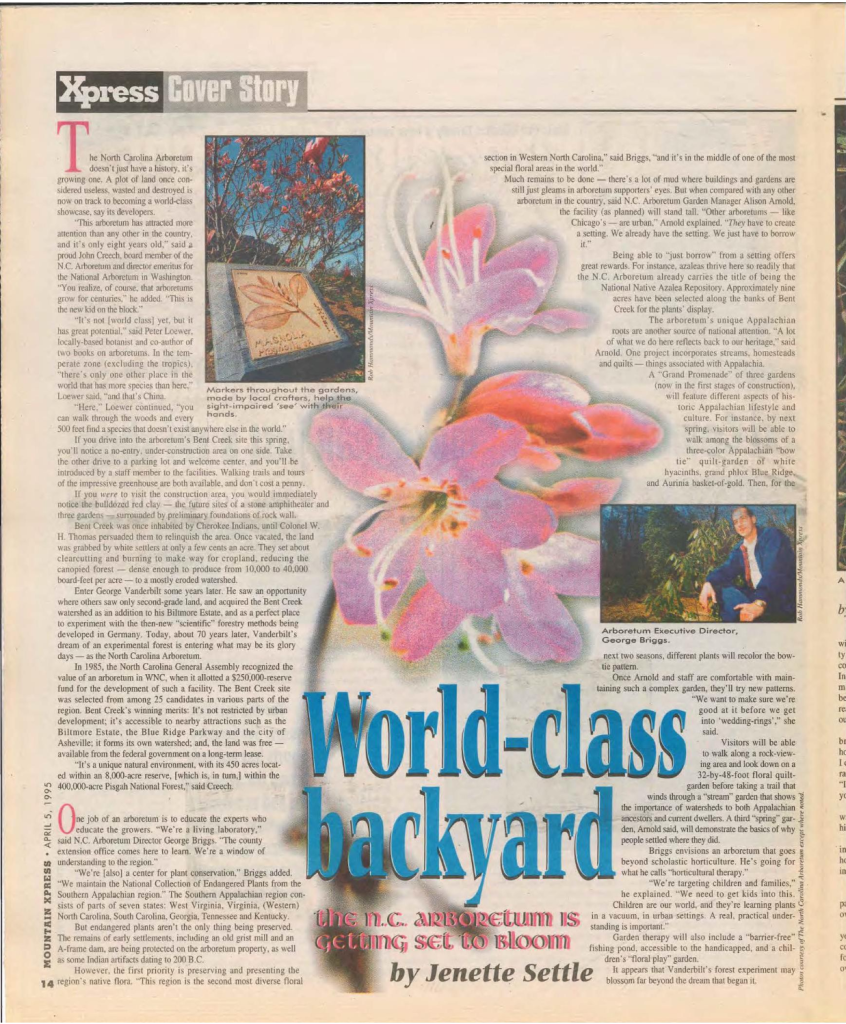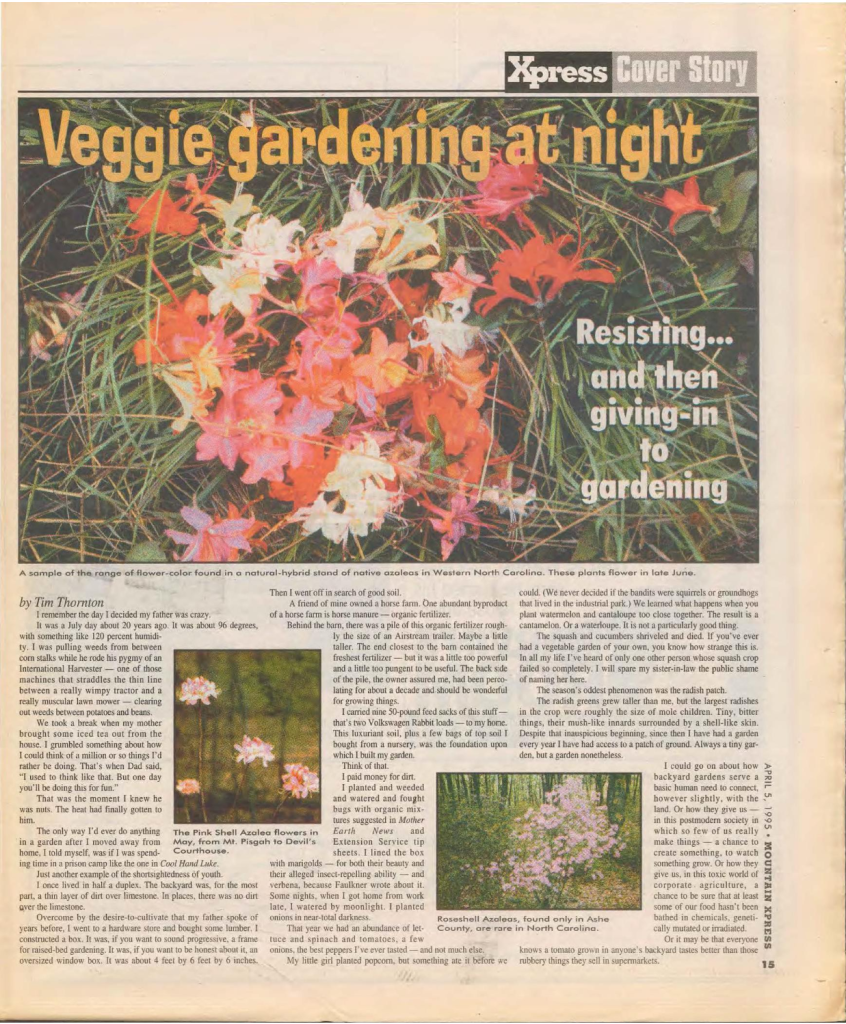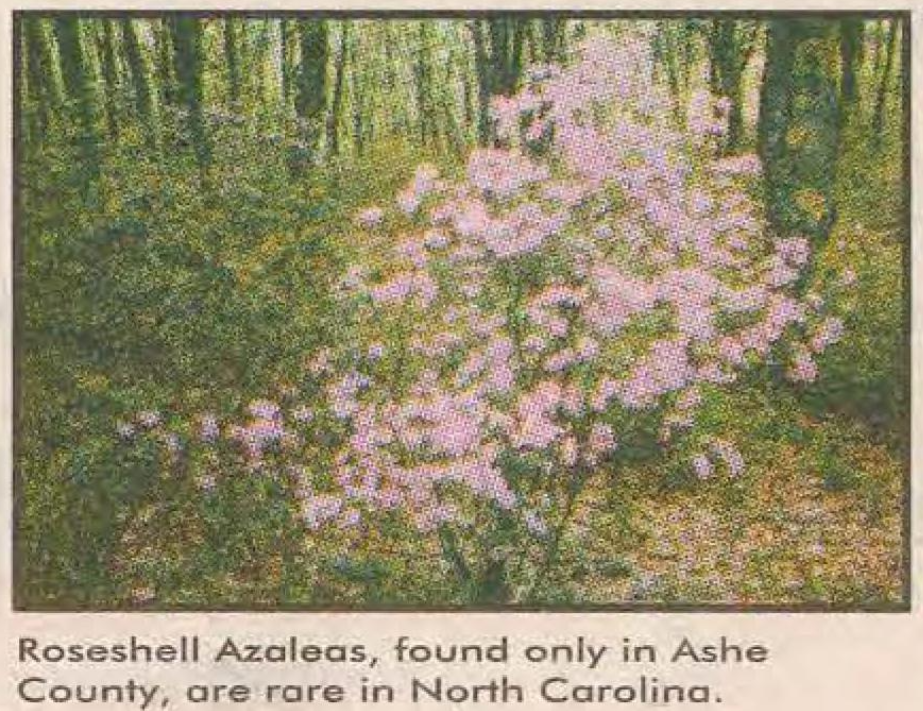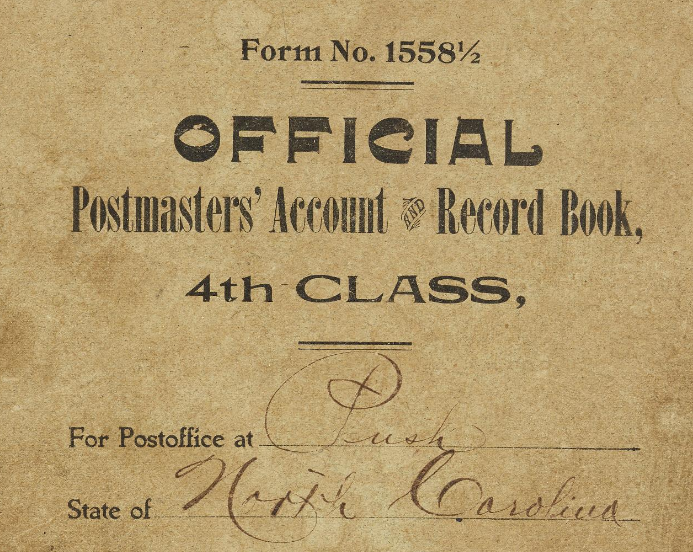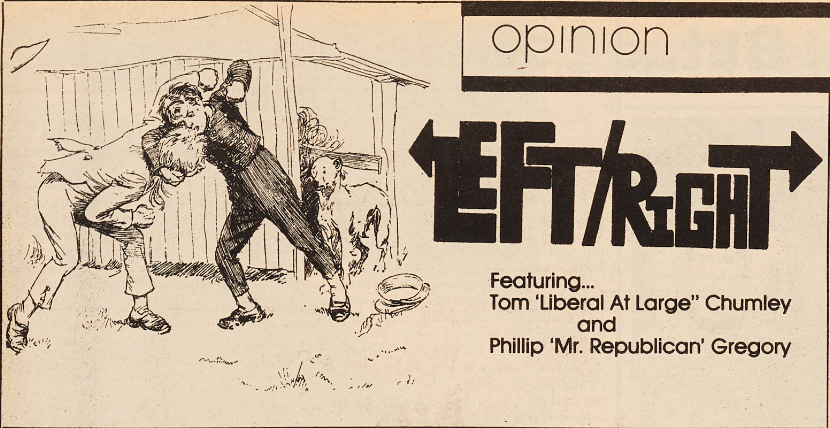Thanks to our amazing partners at the New Hanover County Public Library, DigitalNC is proud to announce that new issues of the Wilmington Morning Star are now available online! These new issues cover daily life in Wilmington from over a century ago — in the far-flung year of 1924. They will join over twenty thousand issues currently available online, ranging from as far back as 1867 and as recently as 1947!
The 1924 issues of The Wilmington Morning Star cover a revolutionary and exciting period of American life — Wilmington residents wrote fervently on international politics, women gained increased autonomy in social and professional spheres, and advancements in technology increased both quality of life and access to information. For the first time ever, mankind could fly, speak through airwaves, and even file for divorce. In a time when societal and technological advancements revolutionized America’s understanding of possibility, the unbelievable became believable. All of these factors lead to some interesting articles in The Wilmington Morning Star — such as Laddie the hero dog answering phone calls, or psychic visions reuniting lost sons with their mothers.
Closer to home, The Wilmington Morning Star paid special mind to the nuptials of the Biltmore Vanderbilts. In 1924, Miss Cornelia Vanderbilt announced her nuptials only two years after her societal debut. In an announcement to the Times, Miss Cornelia Vanderbilt announced her engagement to the Honorable John F. A. Cecil, the then secretary of the British embassy in Washington. The paper breathlessly followed the engagement, wedding, and reception over the span of 1924, and updates were frequently posted on the front page of its society section. Common topics include Miss Vanderbilt’s wintering at the Biltmore, her rumored meeting of Cecil, and their many appearances in polite society. These articles were often sandwiched between updates on the proliferation of divorce across the country, which struck many with apprehension on marriage. Reading through these stories evokes an atmosphere similar to a Regency romance: is John Cecil marrying into the Vanderbilt family for the right reasons? How do Miss Vanderbilt’s parents feel about her engagement? Will the marriage take place at the Biltmore in Asheville, or even Raleigh? Who will cater? It’s reassuring to see the cult of celebrity through the retrospective lens of a century, and one is struck by the similarities between the idle rich of yesteryear and today.
You can read all about psychic dogs and Vanderbilt family right now at DigitalNC here. Interested in reading more issues of The Wilmington Star? You can find our collection of over twenty thousand issues online now at DigitalNC here. Thanks again to our amazing partners at the New Hanover County Public Library for making this collection available. If you’re interested in learning more about our partners, you can find their page on DigitalNC here, or visit their website online here.
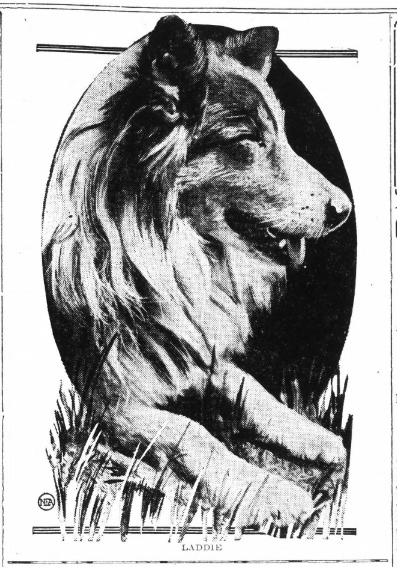

![A picture of the title page of The Ramsonian [1956] yearbook. There is a cartoon illustration of a bighorn ram wearing a hat with an "R" on the front. Below the ram, the title, "The Ramsonian," is printed in cursive script.](https://www.digitalnc.org/wp-content/uploads/2025/01/Screenshot-2025-01-27-113346.png)

